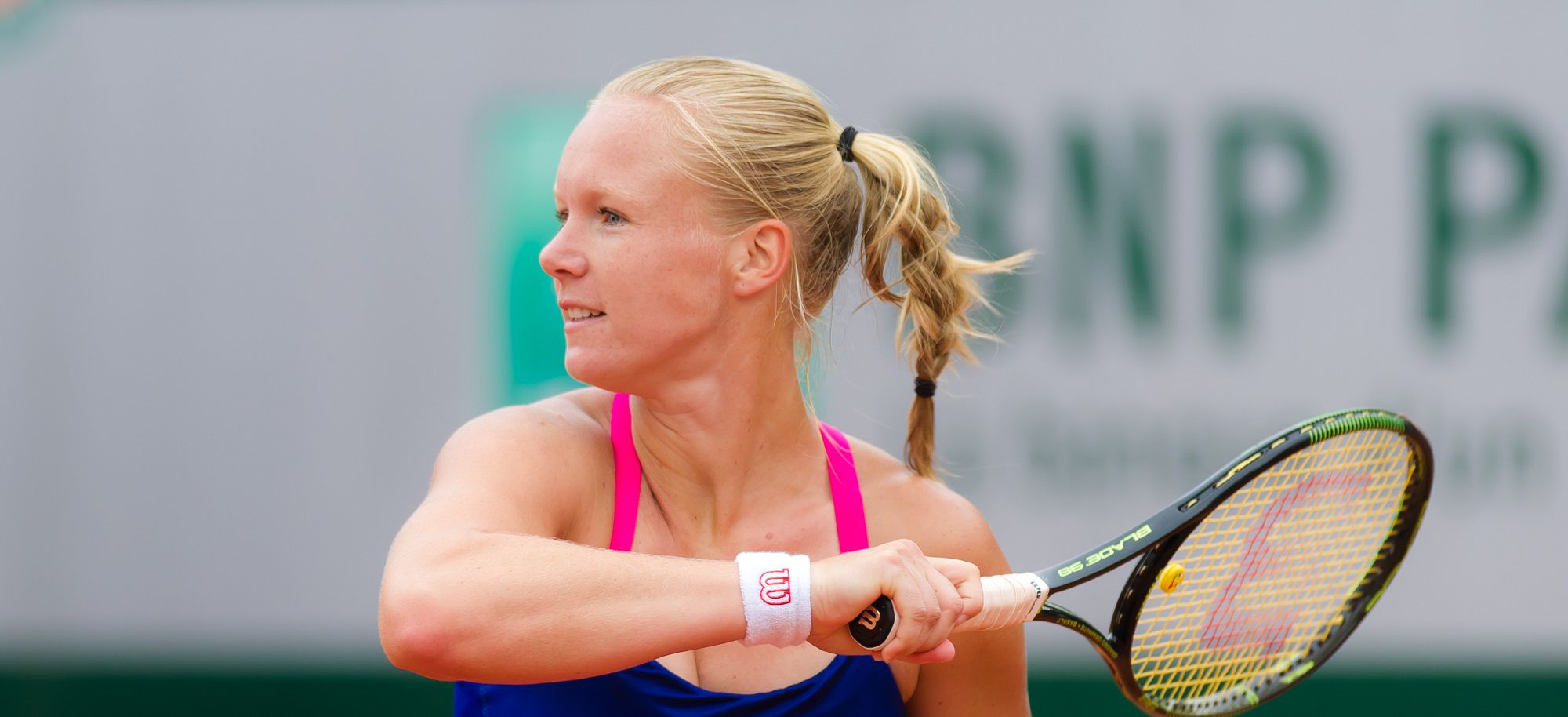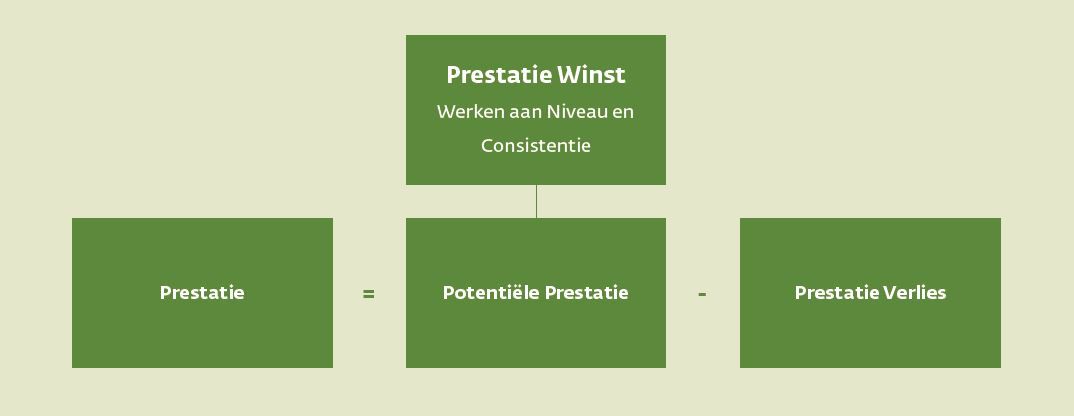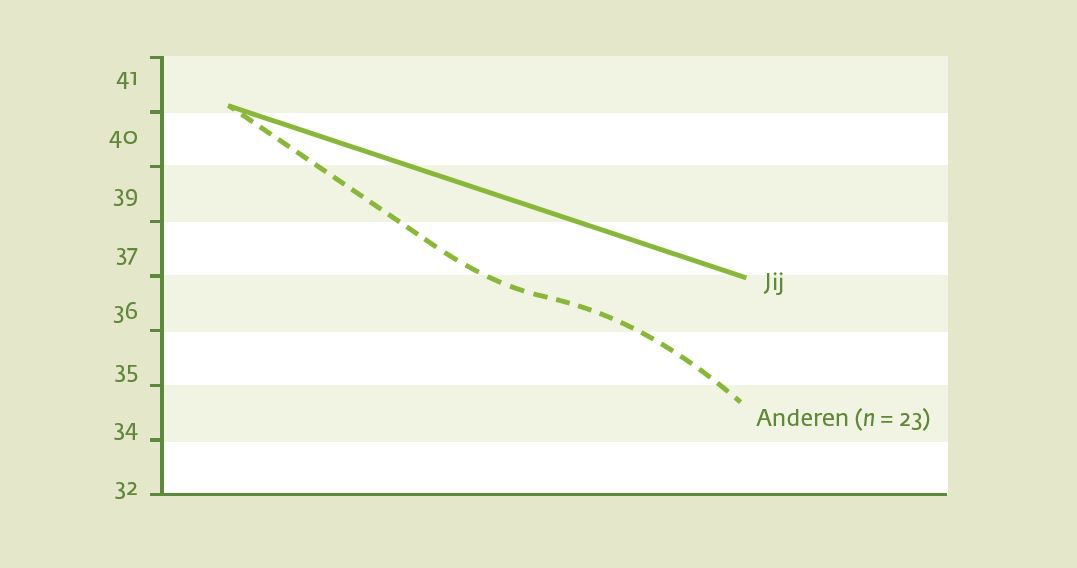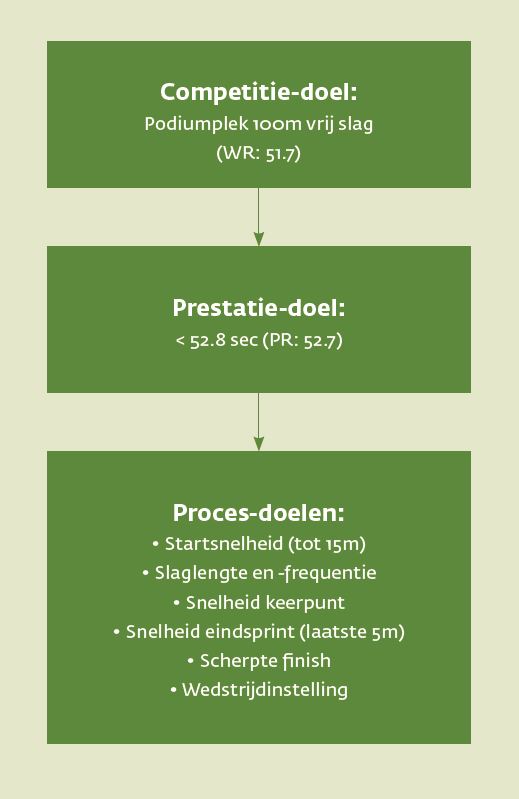De generaliseerbaarheid van sport-psychologische kennis en inzichten
Sportpsychologische kennis en inzichten zijn niet uitsluitend relevant en toepasbaar in een sportcontext (bijv. Hays, 2012)26. Een succesvol talentontwikkelingsprogramma van een voetbalclub biedt bruikbare inzichten voor scholen en bedrijven, en vice versa. Effectieve mentale vaardigheden die sporters hanteren, kunnen ook worden ingezet door studenten bij examens, kandidaten bij selectiegesprekken, en artiesten bij optredens. Maar voor psychologen is het aantrekkelijk om mentale factoren in een sportcontext te onderzoeken; sport is immers een snelkookpan waarin gedurende een overzichtelijke periode een scala aan emoties wordt opgeroepen, de meest uiteenlopende gedachten zich manifesteren, en waarneembaar en toetsbaar gedrag wordt vertoond. Mede daarom wordt sport vaak gezien als leerschool en natuurlijk laboratorium van het leven (bijv. Day, Gordon & Fink, 2012). In een relatief beschermde omgeving leren sporters om te gaan met geluk en frustratie, succes en tegenslag, en tegengestelde belangen en wedstrijdangst. En ze leren bijvoorbeeld ook dat je hard moet werken voor succes, dat




